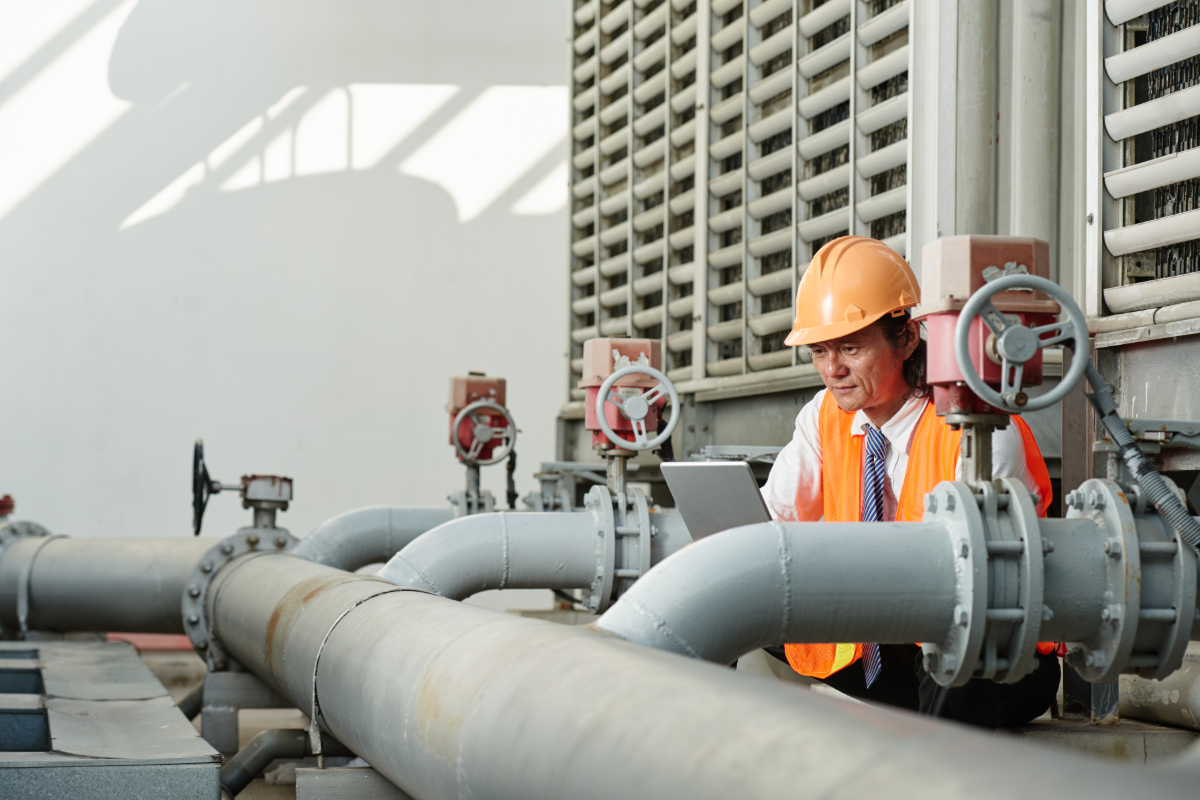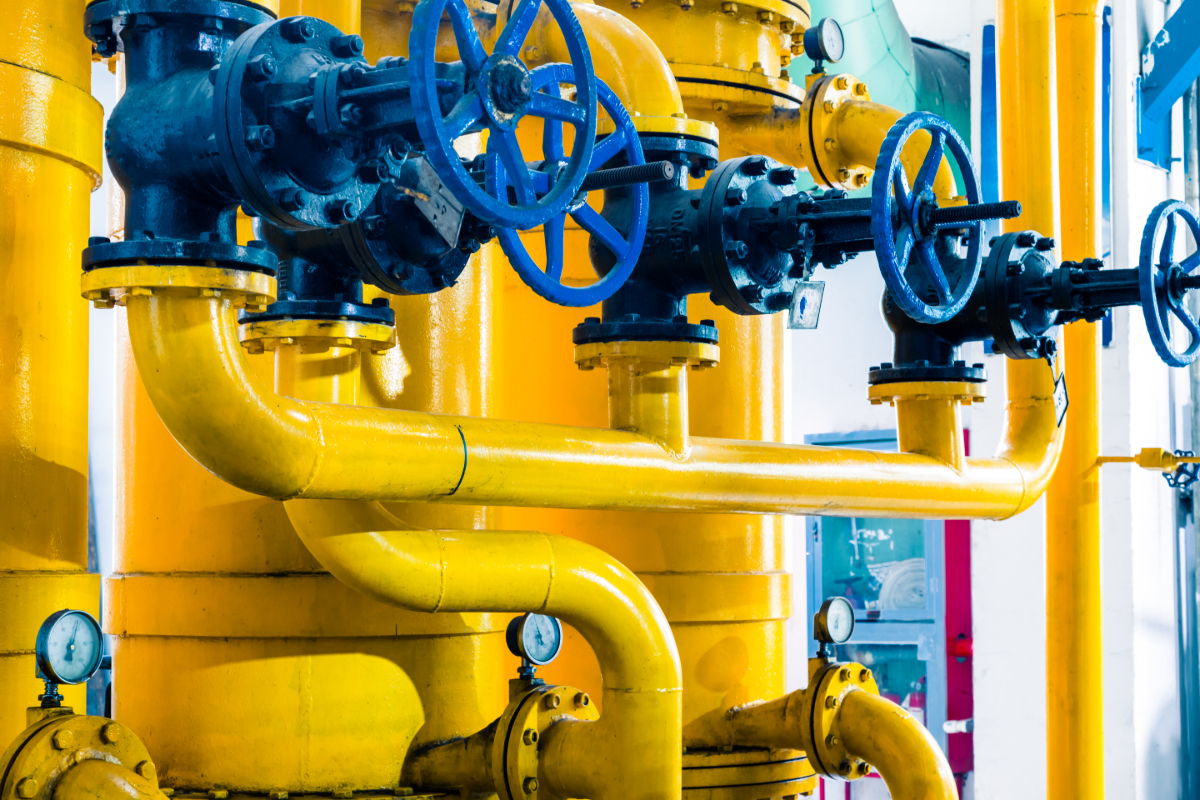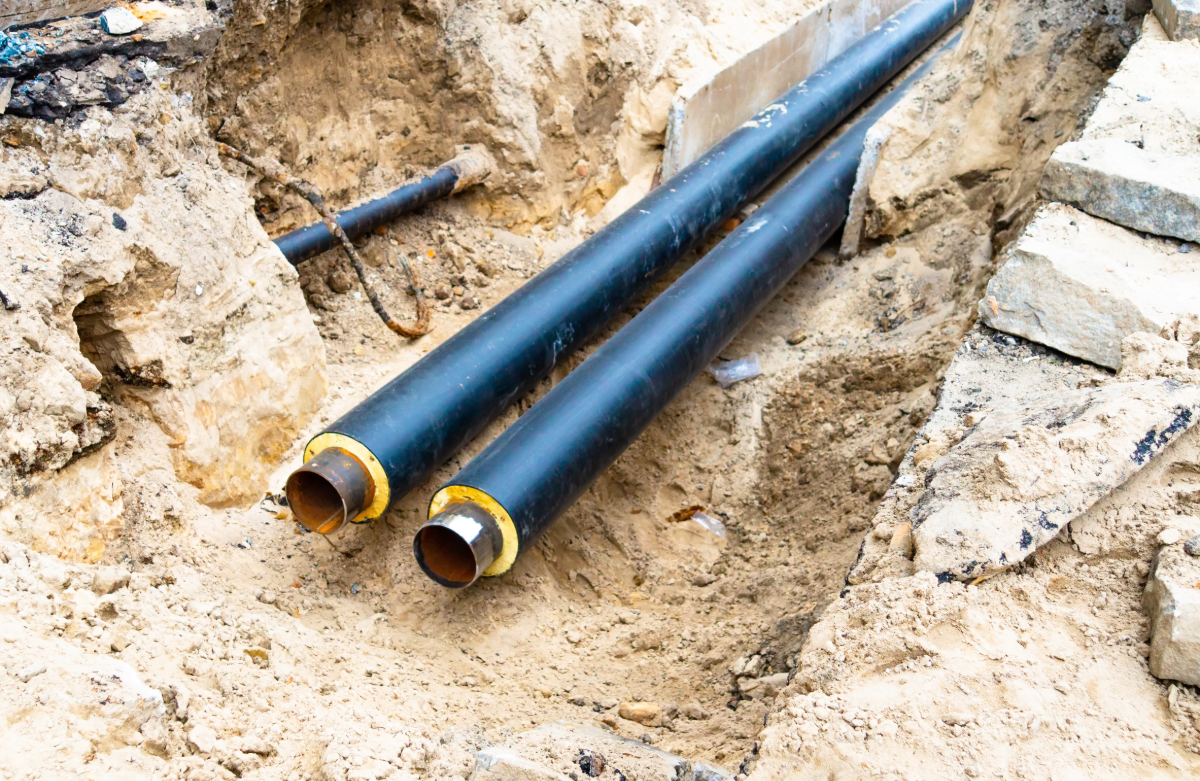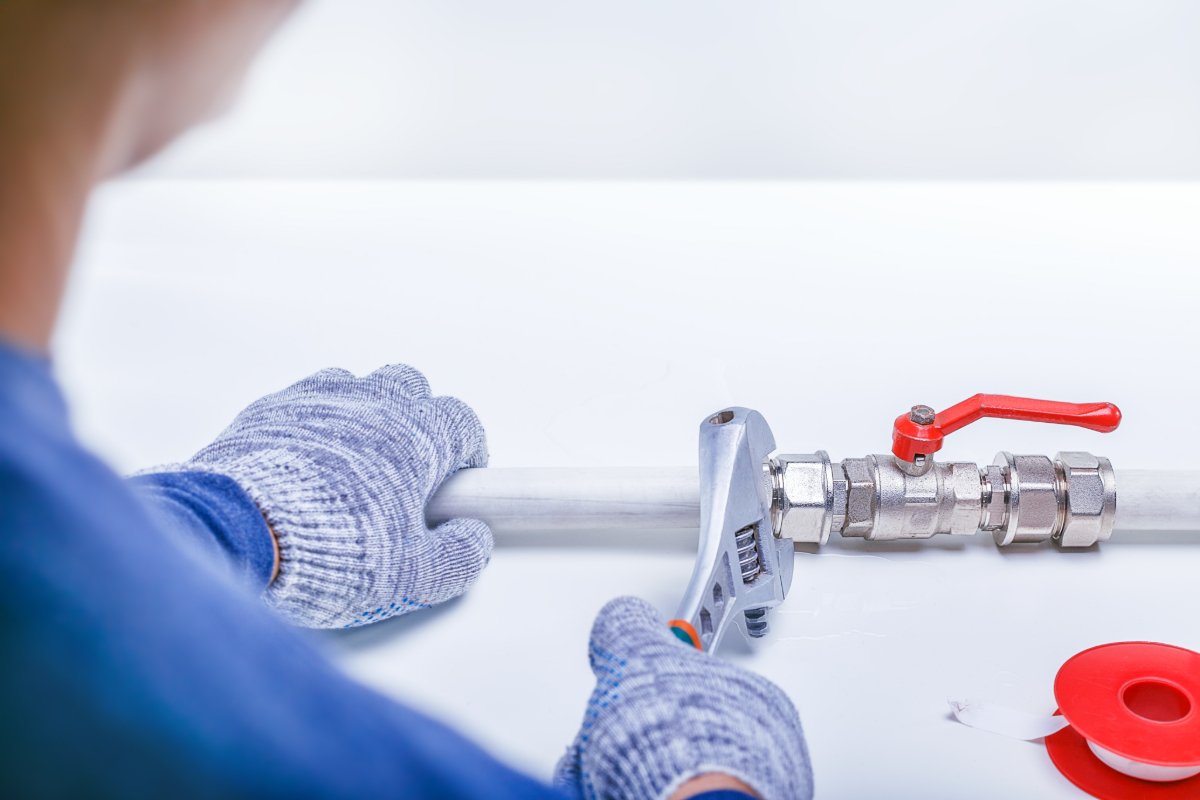
Best Practices: How to Choose Pipes for Your Building
What are the best practices on how to choose pipes for my building?
- Consider the material being transported
- Determine the pressure capacity of the pipe
- Understand your transportation requirements
- Identify your soil characteristics
- Factor in sun exposure and temperature
- Assess ease of maintenance
Choosing the pipes for your building is one of the most important decisions property owners can make. Determining the right materials for your infrastructure can be overwhelming, especially if you don’t have any previous experience in this area.
However, gaining a better understanding of how to choose pipes will make the process much easier. Aside from the typical considerations (i.e. cost and availability), we’ve compiled the best practices for choosing pipes to help you make a more educated decision. Read on to learn more!
Consider the Material Being Transported
The chief consideration for choosing your pipes is the materials that they are transporting. Specifically, is this material gas or liquid, and are they corrosive or non-corrosive?
Whether your pipes are transporting gas or liquid plays a significant role in choosing the appropriate pipe material. If these pipes are meant to transport gas, it is better to use seamless, ductile piping over others. This is because gas can easily escape pipes that have multiple seams and sections — making some pipes a potential hazard. Additionally, gas pipes need to be wider in diameter, as gas occupies more space due to its low density.
The corrosiveness of the material also plays a role in pipe selection. Substances like crude oil, waste, ammonia, seawater, and others have a heavy chemical makeup and can damage certain metals and plastics.
Most liquids are at least slightly corrosive, so plumbing installations are typically made from resistant materials. Meanwhile, non-corrosive liquids and gases like lube oil, nitrogen, and compressed air are safe to transport using most kinds of steel and iron pipes.
Determine the Pressure Capacity of the Pipe

The next factor to consider is the pressure capacity of the pipes. If the liquid or gas they’re transporting is dense and needs to be transported quickly, then your pipe will need to withstand the resulting high pressure. In this application, the pipe material needs to be high-strength, thick, and designed to resist pressure.
The average that most pipes can handle is around 150 pounds per square inch (PSIG). Some types of pipe, such as galvanized steel, cast iron, and lined pipe can handle 250 PSIG and more. If your pipe infrastructure needs to accommodate high-pressure transportation, then these are the ideal choices for you.
Understand Your Transportation Requirements
Depending on the function of your building, your transport requirements may vary. For example, when considering residential buildings — such as apartments and condominiums — the amount of water your pipes need to transport every day is much higher than those of other buildings. These types of transportation requirements are an important factor in determining the right pipes for your property.
Such buildings need high volumes of water transmitted, while also keeping a certain level of water pressure. To meet these requirements, your pipes would need to be wide enough to move higher volumes. Additionally, they would also need smooth interiors to improve water flow. In this case, plastic, brass, and seamless steel pipes are usually the best options.
Identify Your Soil Characteristics

Aside from the internal factors of your building, you should also consider external conditions. A part of your pipe infrastructure will likely run outside and around your building, meaning they will come into contact with the soil surrounding it. The composition of the soil can affect the durability of your pipes. Things like rocks, moisture, and the presence of certain materials can cause external damage.
For example, copper pipe — usually a very durable metal — can corrode easily under specific soil conditions. This is why it’s important to take a close look at the chemical and physical composition of the soil before selecting your pipes.
Factor in Sun Exposure and Temperature
The next thing is to consider the kind of heat that the pipes will be subjected to. There are two main sources: the sun, and the temperature of the transported material. The sun has similar effects on pipes as it does on our skin — deteriorating and making them more vulnerable to issues like corrosion, leaks, and more.
To avoid this, opt for insulated metal pipes over any plastic material pipes. Plastic pipes can quickly warp and leech particulates under excess sunlight.
Aside from the sun, consider whether the type of fluid is high or low temperature. If they’re moved at higher temperatures, your system needs to be able to withstand higher heat without melting or warping. Similarly, liquids and gases that create varying temperatures should be transported by metal pipes that can adapt easily to extreme heat and cold.
Another thing to consider is whether your pipes need to maintain the temperature of the transported material throughout the whole system. For buildings like laboratories, medical facilities, and the like, maintaining precise temperatures is required for all liquids and vapors used. For these cases, aluminum and high-alloy metal pipes are the best options.
Assess Ease of Maintenance

After checking your building requirements and environmental conditions, assess whether the pipes you’re choosing are maintainable under your current capabilities and circumstances. To do so, understand the three main types of maintenance that your system undergoes:
Preventive maintenance — performed regularly to prevent risks of system failure. Determined based on approximated downtime, effects of system failure, and availability of repair services and replacement parts.
Routine cleaning maintenance — used to prevent build-up, corrosion, and contamination.
Emergency maintenance — happens at least once in your pipe system’s life. These are urgent repairs that need immediate servicing and replacement parts.
In each case, your pipes should be accessible, and you should have the appropriate services and tools available on hand. If your business does not have the resources — spare parts, labor, and access to pipe professionals — for frequent maintenance, then choose a low-maintenance pipe for your building.
Key Takeaway
To find the best kind of pipe to use for your building, you must consider several factors about the structure, its needs, and its environment. Every property is unique and requires pipings and fittings for various applications. When it comes to building or replacing your pipe systems, knowing how to choose pipes is key to picking the best option for your property.
Once you’ve decided which pipes to use, contact Supreme Pipe to start the process of supplying your project. Supreme Pipe is the leading manufacturer of steel pipes in the Philippines, and we dedicate ourselves to providing only the best of the best for our customers. Learn more about our steel pipes here, or send us a message today!


